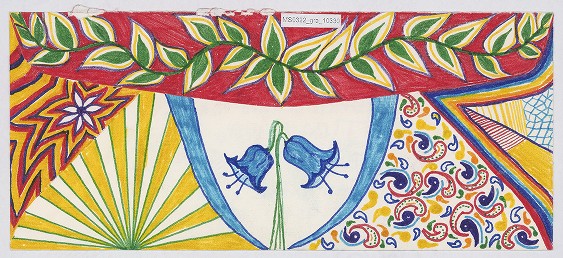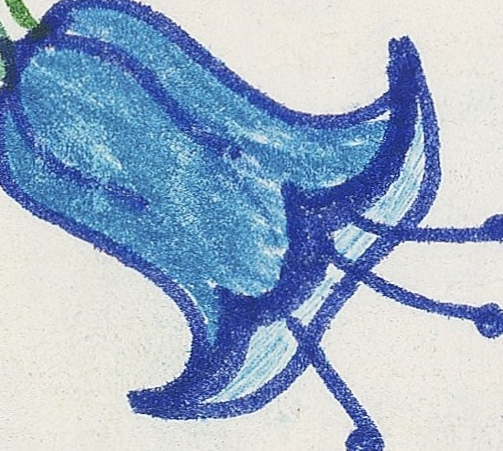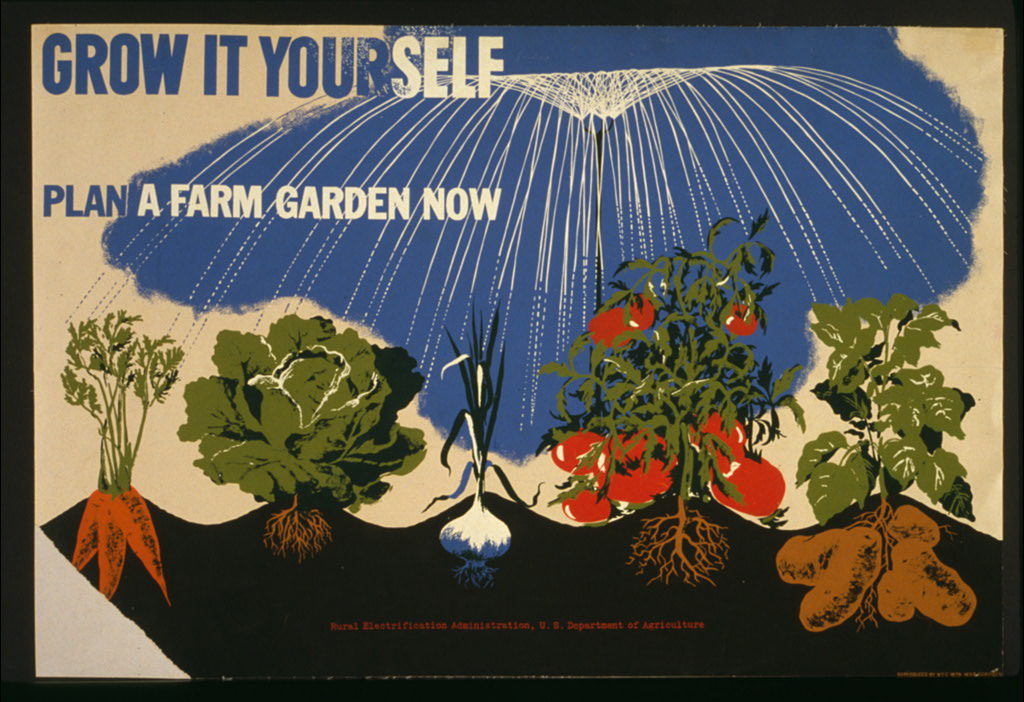
My original book proposal for Partners for Preservation was anonymized and shared by the commissioning editor to a peer in the digital preservation community. One of the main comments I received was that I should make sure that I recruited authors from outside the United States. Given that the book’s publisher, Facet, is a UK-based publisher – it made sense that I should work to avoid only recruiting US chapter authors.
But I didn’t want to stop with trying to recruit authors from outside the US. I wanted to work towards as diverse a set of voices for the ten chapters as I could find.
When I started this project, I had no experience recruiting people to write chapters for a book. I definitely underestimated the challenges of finding chapter authors. I sent a lot of emails to a lot of very smart people. It turns out that lots of people don’t reply to an email from someone they don’t already know. I worked hard to balance waiting a reasonable time for a reply with continuing my quest for authors.
I needed people who fit all of the following criteria:
- topic expert
- interested in writing a chapter
- with enough time to write a chapter by my deadlines
… all while keeping an eye on all the other facets of each author that would contribute to a diverse array of voices. There were a lot of moving parts.
This is a non-exhaustive list of sources I used for finding my authors:
- personal contacts
- referrals from colleagues and friends
- lists of presenters from conferences
- authors of articles related to my topics of interest
- lots of googling
I am very proud of the eleven chapter authors (one chapter was co-written by two individuals) I recruited. For a book with only 10 chapters, having a balanced gender distribution and five different countries of residence represented feels like a major accomplishment. Each chapter author is shown below, in the order in which their chapters appear in the book.
I picked the “Grow It Yourself” WPA poster featured at the top of this post because the work of recruiting the right balance of authors often felt like planning a garden. I pursued many potential chapter authors with ideas in mind of what they might write. Over the life of the project, my vision of each chapter evolved – much as a garden plan must be based on the availability of seeds, sunlight, and water.
I believe that the extra effort I put into finding these authors made Partners for Preservation a better book. It probably would have been much easier to recruit 5 white men from the US and 5 white men from the UK to write the chapters I needed, but the final product would have been less compelling. I hope you find this to be the case if you choose to read the book. I also hope that if you work on a similar project that you consider making a similar extra effort.
Image credit: Grow it yourself Plan a farm garden now. by Herbert Bayer from NYC WPA War Services, [between 1941 and 1943]. https://www.loc.gov/pictures/collection/wpapos/item/99400959/













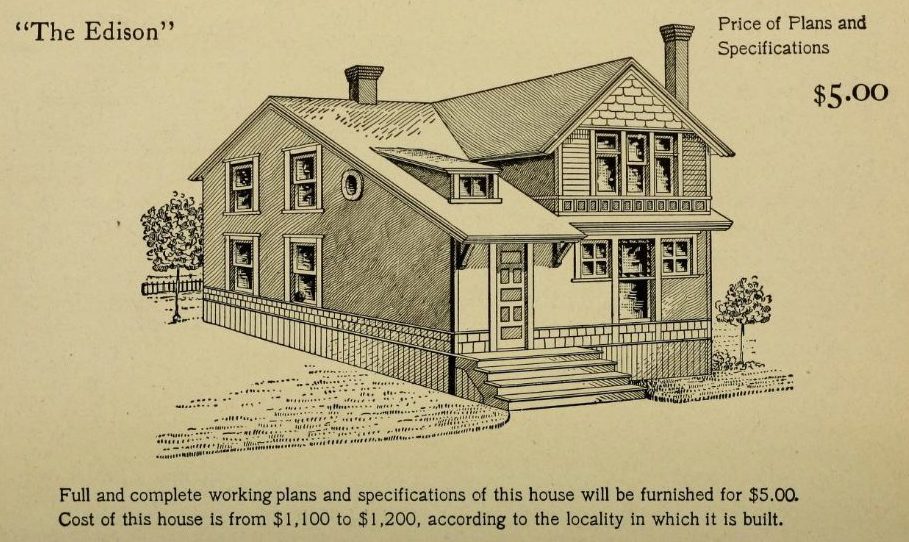


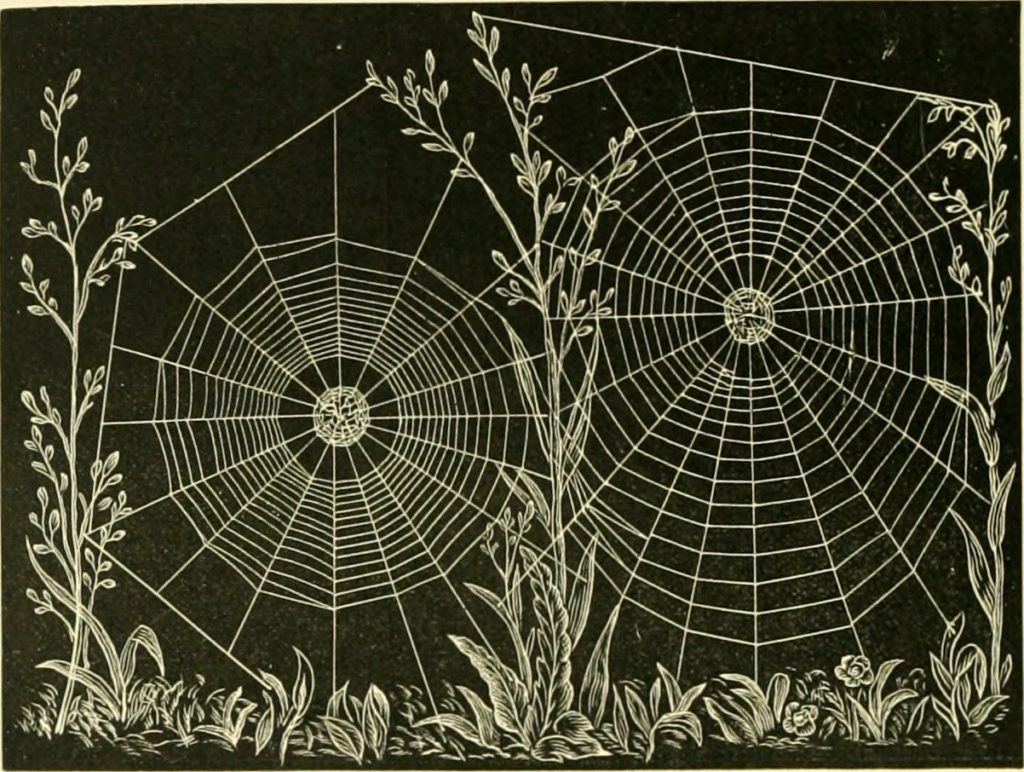


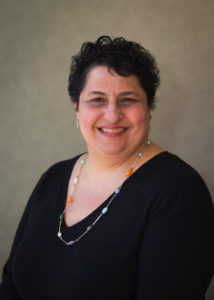
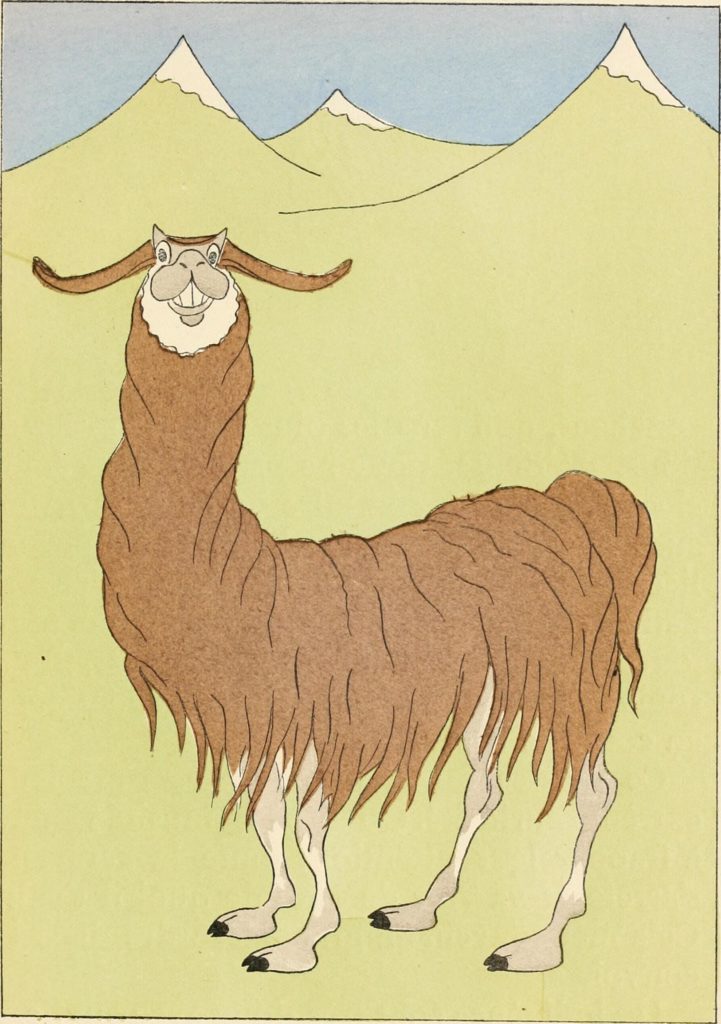 This friendly llama (spotted in the
This friendly llama (spotted in the 
